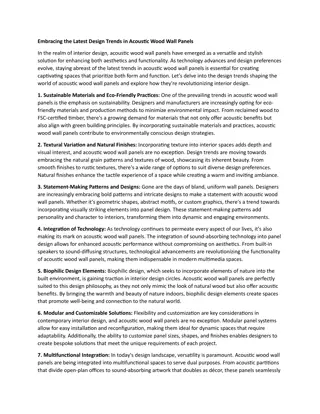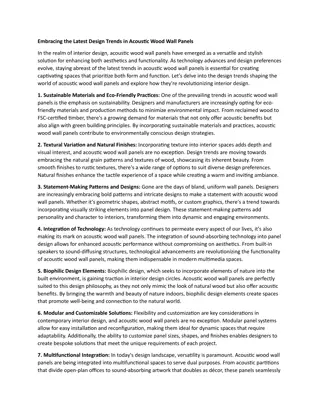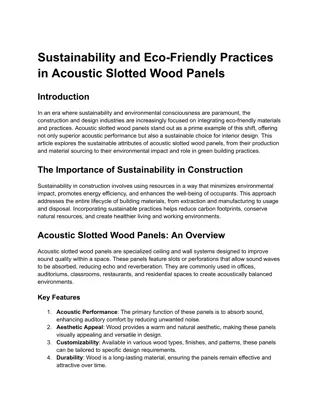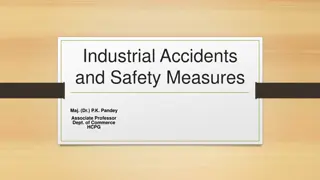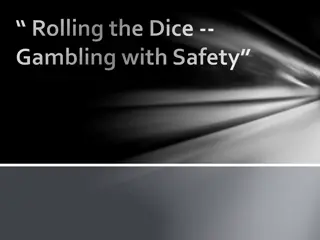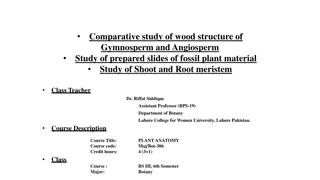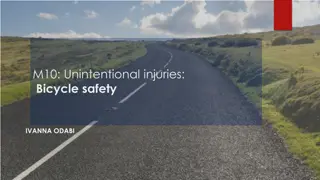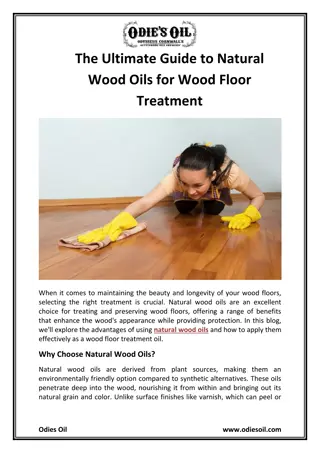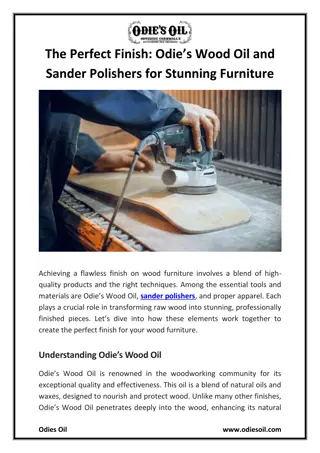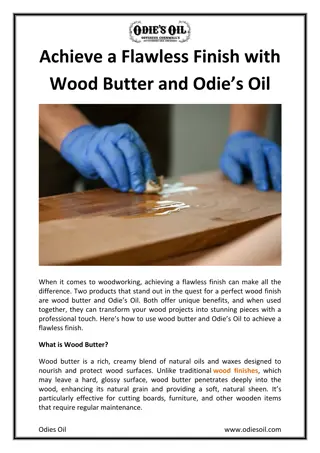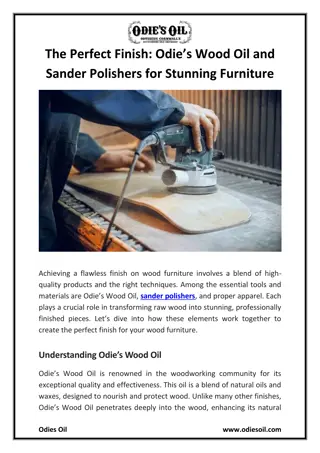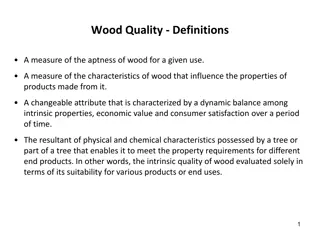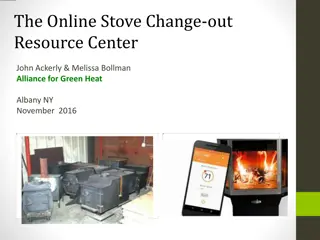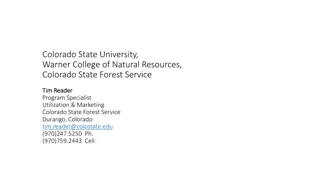Safety Measures and Risks Associated with Wood Chippers
Wood chippers are powerful machines used for processing wood, but they pose significant safety risks. Common accidents include workers getting caught or struck by the machine, leading to injuries or fatalities. Injuries statistics show a concerning trend with work-related deaths and amputations. OSHA regulations provide guidelines for safe operation, emphasizing training on safety procedures and machine controls. Proper training and adherence to safety protocols are crucial to prevent accidents when working with wood chippers.
Download Presentation

Please find below an Image/Link to download the presentation.
The content on the website is provided AS IS for your information and personal use only. It may not be sold, licensed, or shared on other websites without obtaining consent from the author.If you encounter any issues during the download, it is possible that the publisher has removed the file from their server.
You are allowed to download the files provided on this website for personal or commercial use, subject to the condition that they are used lawfully. All files are the property of their respective owners.
The content on the website is provided AS IS for your information and personal use only. It may not be sold, licensed, or shared on other websites without obtaining consent from the author.
E N D
Presentation Transcript
Injury Statistics (1992 2002) United States 31 Work-Related Deaths An average of 204 injuries per year An estimated total of 155 amputations
Common Wood Chipper Accidents Caught-By Hazard Workers feeding material into self-feeding wood chippers are at risk of being fed through the chipper knives if they reach or fall into the in-feed hopper or become entangled in branches feeding into the machine. Struck-By Hazard Workers are at risk of being struck by unlatched, improperly secured, or damaged or improperly maintained hoods that may be thrown from the wood chipper after contacting the rotating chipper knives.
Actual Wood Chipper Accident A worker worked for tree service and was helping clear brush in subdivision. Shortly before 5 p.m., the worker got up onto a jammed wood chipper as it ran. Witnesses said he tried to kick at the jammed limbs and the chipper caught his foot and pulled him in. He was pronounced dead at the scene.
Actual Wood Chipper Accident An immigrant from Guatemala working for a tree-cutting service was sucked into a wood chipper. The tree service was clearing land behind a home. The owner was up in a tree chopping off limbs and dropping them to the worker below, who was putting them into a commercial wood chipper. When the owner heard the wood chipper stop operating, he climbed down to investigate. He found a gruesome scene one of worker's hands was sticking out of the machine. "It was an instant death," according to the coroner.
OSHA Regulations 1910.269 - Electric Power Generation, Transmission, and Distribution 1910.265 Sawmills 1910.266 - Logging Operations
Training Take part in training for safe work procedures. Learn chipper safety devices and controls. Read warning labels on machines. Different models have different features. Machine Safety Use chippers equipped with a kill switch that is easily accessible to workers. Never stand or sit on any part of the chipper while the chipper is in operation.
Proper Use of a Wood Chipper Pre-Operation Wear close-fitting clothes, gloves without cuffs, trousers without cuts, and skid-resistant footwear. Keep clothing tucked in. Wear a hard hat, eye protection, and hearing protection. Make sure materials to be chipped are free from stones, metal, and other foreign objects even if the chipper is equipped with a curtain.
Proper Use of a Wood Chipper Pre-Operation Close and latch the hood covering the chipping knives before starting the machine. Check the area around the wood chipper for tripping hazards.
Safe operating procedures go beyond wearing protective clothing, always be aware of the surroundings.
Proper Use of a Wood Chipper Operation Use the buddy system : while one worker is feeding materials into the in-feed hopper, another worker should remain stationed at the feed wheel control bar. Feed brush and limbs into the in-feed hopper butt end first. Always feed small pieces first to open feed wheels. Follow with large pieces.
Proper Use of a Wood Chipper Operation Put short materials on top of longer materials while feeding the chipper. Use a push stick to force short or thorny brush into the chipper. Do not load small raked-up materials like twigs and leaves into the chipper. FOCUS ON THE JOB. ALWAYS USE COMMON SENSE
Think Safety Work Safely


